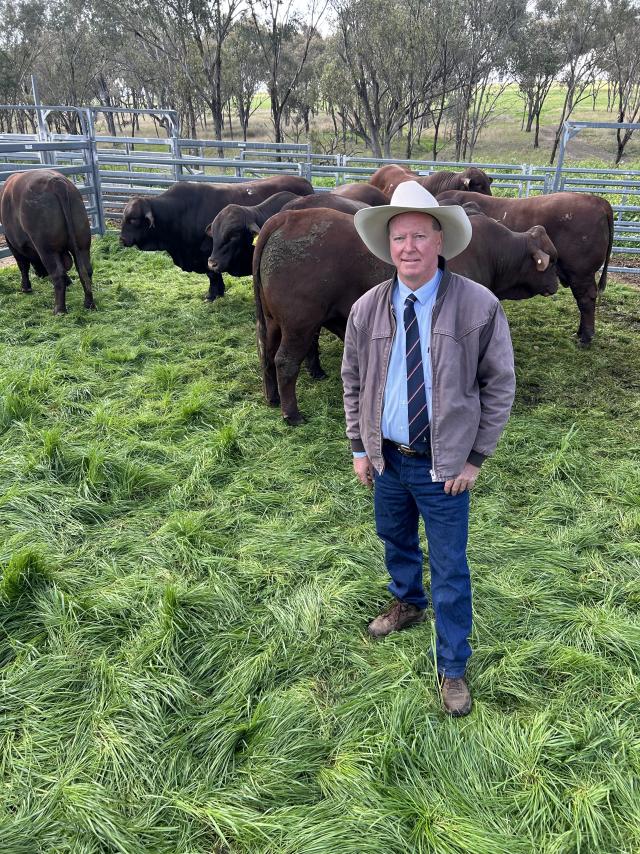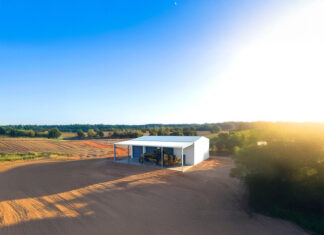
Beef producers looking for quality bulls to improve their herd’s performance will be treated to almost daily Santa Gertrudis sales during September-October throughout southern, western and central Queensland.
The Santa Gertrudis breed, which has been exerting its considerable influence on Australian beef for almost 75 years, is experiencing resurgent interest from multiple supply chain partners for its attractive weight for age, fertility, carcase quality, feed efficiency, longevity and quiet temperament.
Santa Gertrudis Breeders Association of Australia director, breeder and stock agent Neil Watson of Tamworth, NSW said using Santa genetics gave producers options, regardless of where they operated or the markets they were targeting.
“Santa Gertrudis is one of the most versatile breeds of cattle – they can be crossed with any other breed for a profitable result,” Mr Watson said.
“They can be joined to Hereford, Angus, Charolais, Shorthorn and Brahman, positively changing the outcome of the progeny not only in weight for age and Meat Standards Australia (MSA) compliance but also importantly sustainability.”
Inherently resilient, Santa Gertrudis is one of the few breeds genetically suited to all climatic conditions.
A slick coat, foraging ability and ability to travel long distances to food and water ticks the boxes for sustainable production and a low carbon footprint.
As the beef industry progresses its aims to be carbon neutral by 2030, with grazing management key to reaching the goal, Mr Watson said Santa Gertrudis cattle were perfectly positioned to offer producers an accessible and affordable sustainability solution.
He said when it came to grass-fed production, Santa Gertrudis excelled with above-average daily gain and early maturity for the yearling grass-fed beef market.
While the breed also has the flexibility to meet specifications for the bullock or heavy grass-fed markets with high red meat yield and eye muscle area and adequate fat.
“Grass-fed is our key market as the cattle can do it naturally – Santa and Santa-cross cattle have the ability to put on weight with adequate fat cover off grass in environments ranging from northern and central Queensland to Victoria,” Mr Watson
said.
He said the breed’s superior average daily gains, feed efficiency, heat tolerance, docility, and immune competence resulted in strong demand from lot feeders for domestic and export programs.






